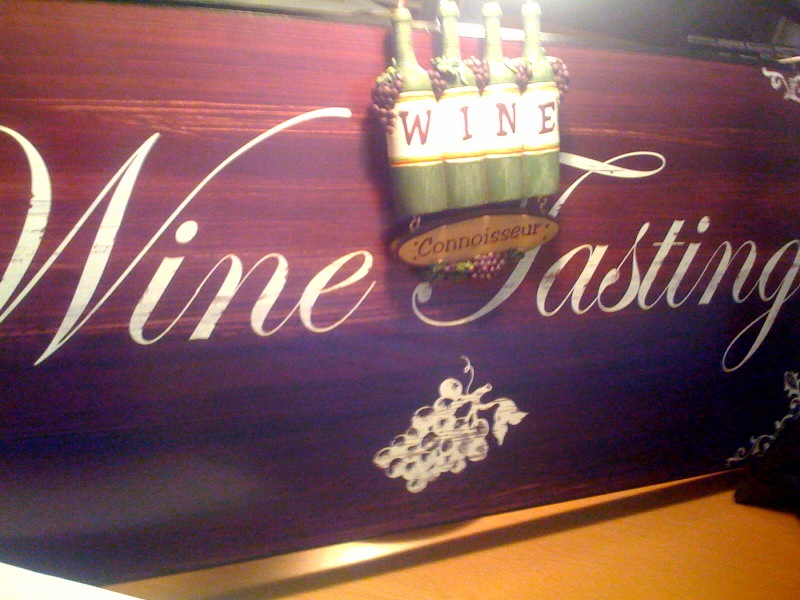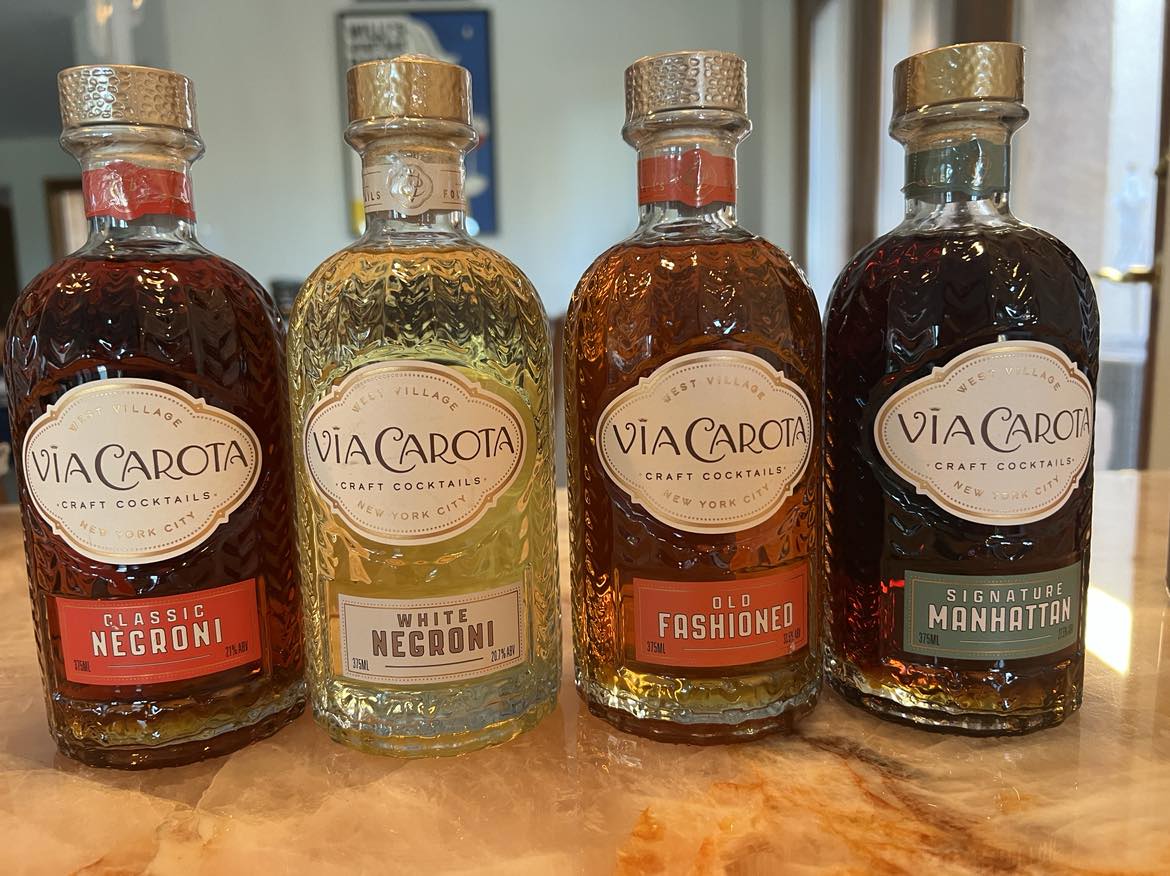I recently held a wine tasting with the Wine-Y Women Meet-Up group led by my friend Kathy Lockhart. I’ve met with these ladies before and have always enjoyed their company over wine and usually a fun themed party like dressing up for the Oscars at Kathy’s house. In the tastings I lead we ask that the ladies bring a dish to share with the group. Recently I got this question that I answered, but it got me to thinking:
 Question: Any suggestions for a food these wines cry out to be paired with?
Question: Any suggestions for a food these wines cry out to be paired with?
Answer: Hi —, really any food that you yourself normally enjoy with wine would be fine as we have a lot of different types: Viognier, Pinot Noir, a Bordeaux blend, Merlot, Cabernet Sauvignon, Charbono (red wine), a red Rhone blend of Syrah and Carignane, two Syrahs and a Petite Sirah.
My faves: cheese, charcuterie like salami and types of ham, olives, nuts, dried fruit, pasta in red sauce…just nothing that overwhelms the palate with a lingering flavor like smoked salmon or strong cheeses. With all that said last time we ate ahead of the tasting, and just kept small items – like the charcuterie/cheese/nuts/dried fruit items – at hand. To evaluate wine the palate should be fresh.
More? When wine is judged professionally we only get green olives and roast beef – both proven to cleanse the palate of flavors and tannins that cling to the mouth (think wine stained tongues!) – okay, that’s enough for now! See you Saturday night!
Elaboration
In writing about wine for ten years now, and in drinking it for a lot longer, I’ve been to many tastings. As my own palate developed I learned that wine with food changes. Sometimes the food tastes different (fish can taste oily when paired with a red wine) or the wine does (a dessert wine’s sweetness is dimmed when paired with a blue cheese). Of course traditional pairings do work, like a hearty Cabernet Sauvignon that breaks down the fat in a filet mignon, but I still have learned that I can’t judge a wine on its own when I’m eating.
I mentioned a cheese and charcuterie plate, complete with dried fruit, olives, meats and cheeses, as a simple accompaniment. But to me it’s key that even this doesn’t accompany your wine – if you are evaluating it. It is true what I said about green olives and roast beef as a palate cleanser, but even during wine judging these foods are consumed between flights, not with them.
Try it yourself. Pour your taste. Smell it. Then swirl the wine and smell it again. Even these two steps should show a difference in how the wine smells before and after aeration. Then take a small taste in your mouth but don’t swallow it. Roll it over your tongue for a few seconds and judge how it feels – thin or mouth coating? You can try breathing in a little air – while the wine is still on your tongue – to aerate further and see if some of what you detected in the aromas are there in the taste. I find it very interesting if the aromas and flavors are different, and definitely worth noting.
https://www.parkviewortho.com/wp-content/languages/new/priligy.html
Now imagine doing all that with a crusty piece of French bread slathered with a creamy cheese that has its own flavors like garlic or other herbs. It. Doesn’t. Work.
Eve Bushman has a Level Two Intermediate Certification from the Wine and Spirits Education Trust (WSET), a “certification in first globally-recognized course” as an American Wine Specialist ® from the North American Sommelier Association (NASA), Level 1 Sake Award from WSET, was the subject of a 60-minute Wine Immersion video, authored “Wine Etiquette for Everyone” and has served as a judge for the Long Beach Grand Cru. You can email Eve@EveWine101.com to ask a question about wine or spirits. You can also seek her marketing advice via Eve@EveBushmanConsulting.com










Spot on article, Eve! I know that when catering for a wine club pick-up party, I always try to take into account that members will be tasting a variety of wines. I tend to stay with the charcuterie-mild cheeses-olives-cornichons-berries-seasonal fruit-and nuts-type of array. I include neutral baguette slices and plenty of mild crackers. That doesn’t mean the spread has to be boring! I do occasionally throw in a blue cheese or a lemon curd-based dip for variety, keeping in mind that wine club members are usually experienced tasters and run the gamut of taste preferences… they also seem to like a little “surprise” taste now and then! I do think the presentation of food is an art unto itself… And it can be a delight to the eye… As well as a solid partner that accompanies or showcases wonderful wines!
Thanks for reading and commenting Terri. And yes, your catering is the standard for wine tasting and sounds lovely. I just prefer to introduce those stronger tasting foods well enough before, or just after, a tasting. To me an experienced taster (like wine judges) need a clean palate to evaluate wine. And if you are doing a pairing, like a dessert wine with that blue cheese = a great way to showcase how both change in the pairing!